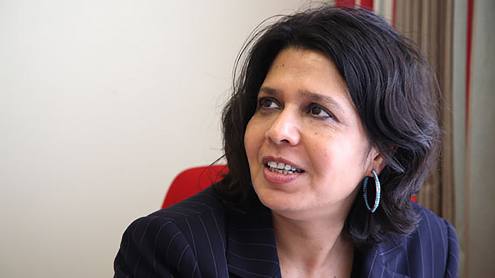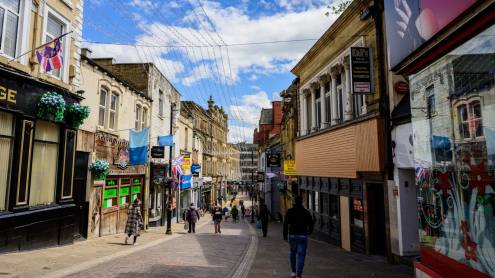There are many things happening around the world to put pressure on banks to change. From activist groups such as Extinction Rebellion to activist investors including ShareAction, the key focus is to change bank investments and activities related to environmental, social and governance (ESG) principles — something that is becoming an increasingly bigger drum for action.
Interestingly, the timing is right as technology is transforming our planet. Using the latest tech, we can monitor everything from a butterfly’s wing to a hummingbird’s hum, which is what farms and technologists are implementing today. It’s called spatial finance.
What is spatial finance?
Spatial finance links geometric monitoring of the supply chain to the financial system through sensors and digitalisation. It examines how green we are and whether a company’s claims are truly sustainable. It measures and monitors digitally the way in which we fish, farm, grow and harvest to ensure it is done in a sustainable way.
Combining spatial finance with the blockchain creates the perfect opportunity for radical change
What this means in practice is that today’s leading technologies are combining to monitor every movement in the atmosphere, from a drop of rain to a gust of wind. Some of this innovation is already in play and shows the potential: in future every farm around the world will be monitored, with their data being passed through in-depth data analytics systems to learn what’s normal and what’s anomalous. The machines will know whether pesticides are being used, or if human activities are impacting biodiversity.
This all sounds good on paper, but does it work in reality? For example, it may not matter to those concerned if a bank funds a farmer who is non-organic or a business that emits greenhouse gases, but what if it matters to their customers? If the bank or business advertise that they are sustainable and environmental, how can they prove it?
Ensuring transparency
Combining spatial finance with the blockchain creates the perfect opportunity for radical change. Blockchain technologies provide transparency of transactions; spatial finance integrates global digital sensing with money.
This means that any consumer can see how and who a bank supports and, within a few clicks, whether they are doing good or bad for the planet. This is transformative as, with an increasing number of consumers and investors becoming active in this space, it places huge pressures on banks to be more honest and transparent in their ESG approach.
We are already seeing this being applied in different areas from sustainable fishing and farming to transparent charitable donations. Some supermarkets are guaranteeing fish-aggregating-device-free fishing, which means that the fish are not net-caught. The use of blockchain allows them to prove whether what they claim is true.
In other examples, we see companies guaranteeing that a charitable donation will be delivered to the people it is intended for. We also have spatial finance that promises to be green through digital sensing connectivity. How can you prove all this is true? Blockchain, of course.
Over the next few years, I guarantee the combination of technology, finance, ESG and more will change how we farm, fish, eat, drink and think. More importantly for The Banker readers, it will change how we trade, invest, finance and bank.
Chris Skinner is an independent financial commentator and chairman of the London-based Financial Services Club.







